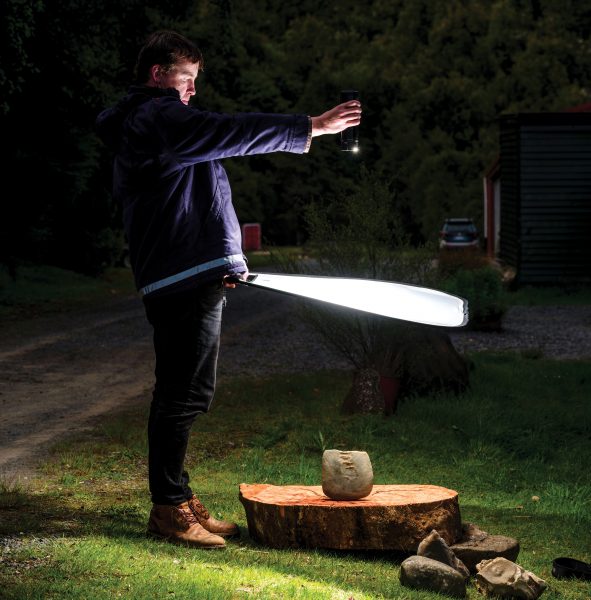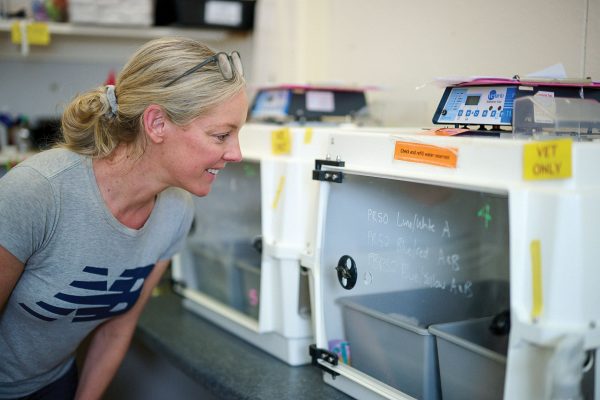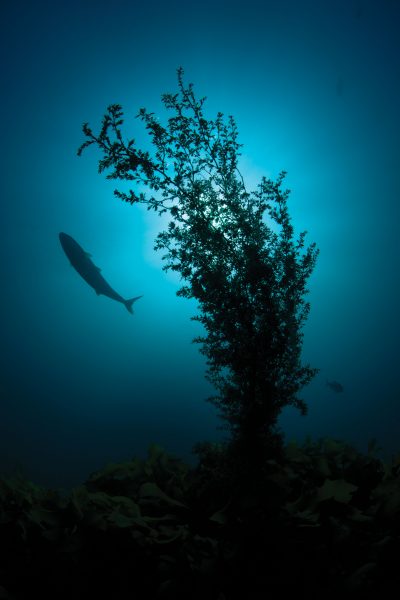SALUTE
Tony reid describes himself as “unashamedly urban in background, tastes and living skills.” Understandably, the idea of visiting lighthouse keepers in some of New Zealand’s wildest and most remote locations caused the former Listener editor some apprehension.
“I was protected by luck and an Austrian photographer named Arno Gasteiger,” says Tony. “While the weather forecasts were threatening we never struck one of those legendary storms that lighthouse keepers enjoy talking about. And the skills Arno learned as a truckdriver in Europe were put to good use negotiating the often hair-raising road access to some lighthouses.”
A background in rock-climbing came in handy for Arno as he clambered up and down windswept cliff faces to seek out the perfect photographic angles.
“Even the keepers were amazed at some of the places he got to,” says Tony.
Arno’s unusual command of the English language turned out to be a great ice-breaker on the lighthouse stations.
“He might politely say, ‘I am thinking a very interesting picture. And now we will please go outside and make it, okay?’ You watched the keepers and their wives just melt in the face of such a charmingly expressed request. I am convinced I would be a more successful interviewer if I could learn to speak English the same way!”
Even so, Tony managed to fill six notebooks with material from more than 70 hours of interviews.
“Although the visits were brief they were also intense and I felt we had made friends with some terrific people. We were privileged to be shown around some places that most New Zealanders know nothing about.”
For Yvonne van Dongen, leaving the plush offices of Brierley Investments Ltd, where she was researching material for a book on Sir Ron Brierley, for the rigours of Minginui was something of a shock.
“Now I know what the tourist phrase ‘New Zealand — land of contrasts’ really means,” she commented, on returning after five rain-soaked days. “Actually, that’s more sad than funny. Even worse than the unemployment and isolation of Minginui is the despair that many locals feel.”
Yvonne, formerly a reporter with National Business Review, says that her short stint as a make-believe war correspondent has not whet her appetite for the real thing. “If those bullets were really flying around I’m sure I’d never be in the right spot for the action and if I was I’d be so petrified I wouldn’t be looking!”
Getting up close to bees proved to be quite a challenge for photographer Michael Schneider, commissioned to provide images of life in the hive for THE AMAZING BEE feature. Apart from the physical demands of photographing through a veil while fully decked out in protective clothing (in searing midsummer heat) there was the difficulty of being present at the exact moment when the queens and drones were hatching.
To solve the problem, beekeepers Ben and Dorothy Rawnsley built Michael a glass-sided hive, which he kept under observation in his bedroom.
The generic name for kauri, Agathis, comes from a Greek word meaning “ball of thread”. For writer Vaughan Yarwood researching the KAURI story was like unravelling a very large ball of thread, with many side pieces spliced in and not a few knots!
As Vaughan and photographer Geoff Osborne (who worked on the ‘Wild Horses’ feature in issue 1) travelled around the North, they both felt that they were going on a personal journey of discovery, looking at an important part of New Zealand’s heritage.
Ian Macdonald, who worked on the kauri story, is no newcomer to photographing the forests of New Zealand. His work in the 1970s on Whirinaki Forest made an important contribution to conservation awareness at that time.
We hope that something of the mana of the kauri, which each of the contributors has felt, comes through to you the reader.

















